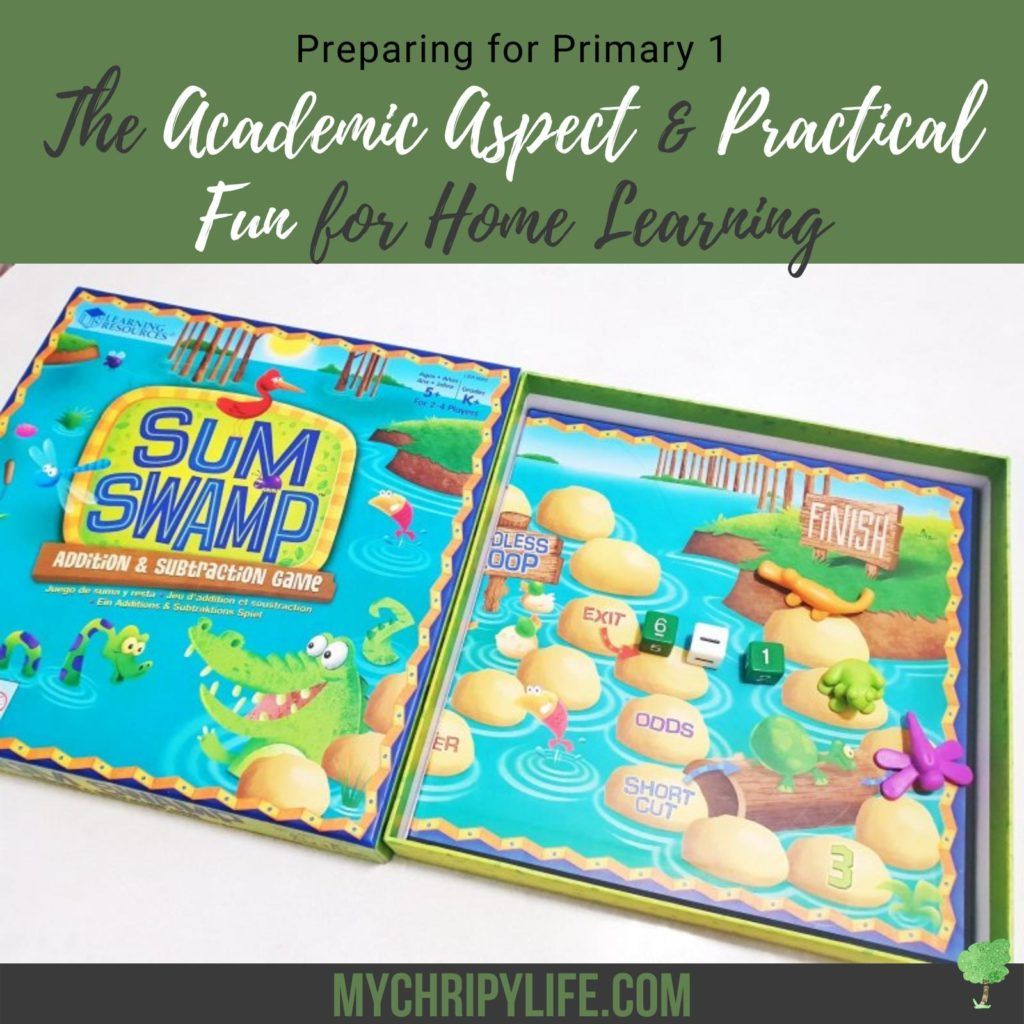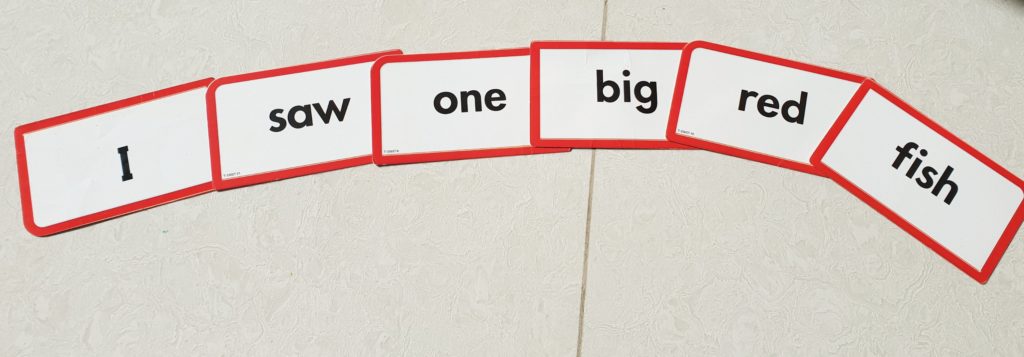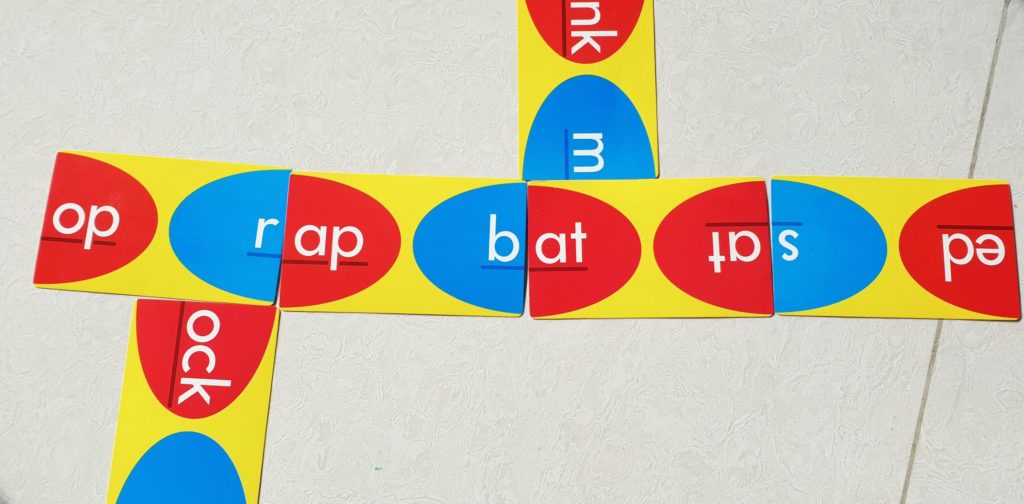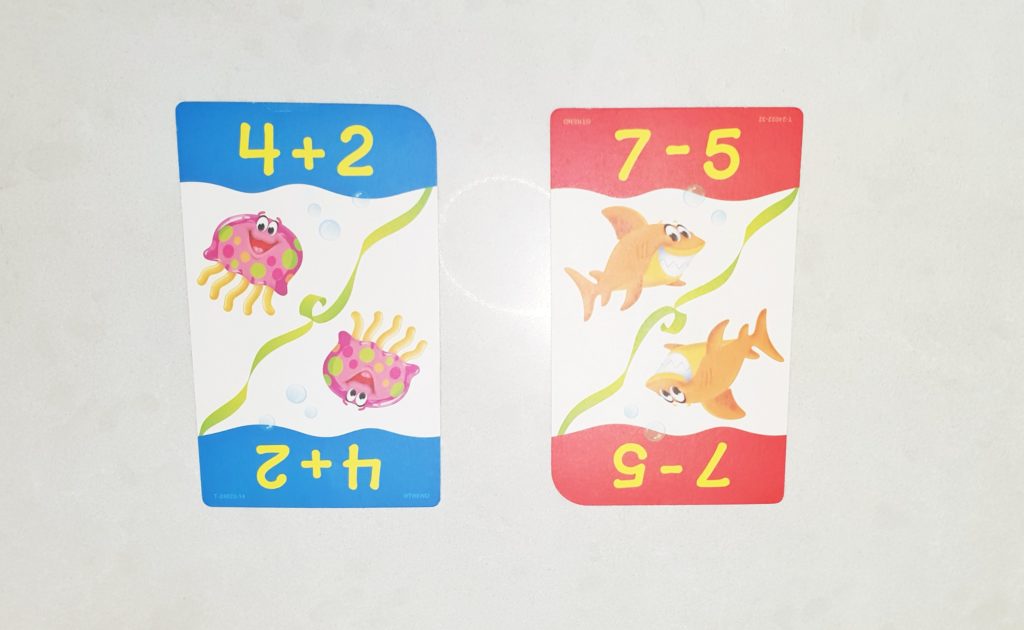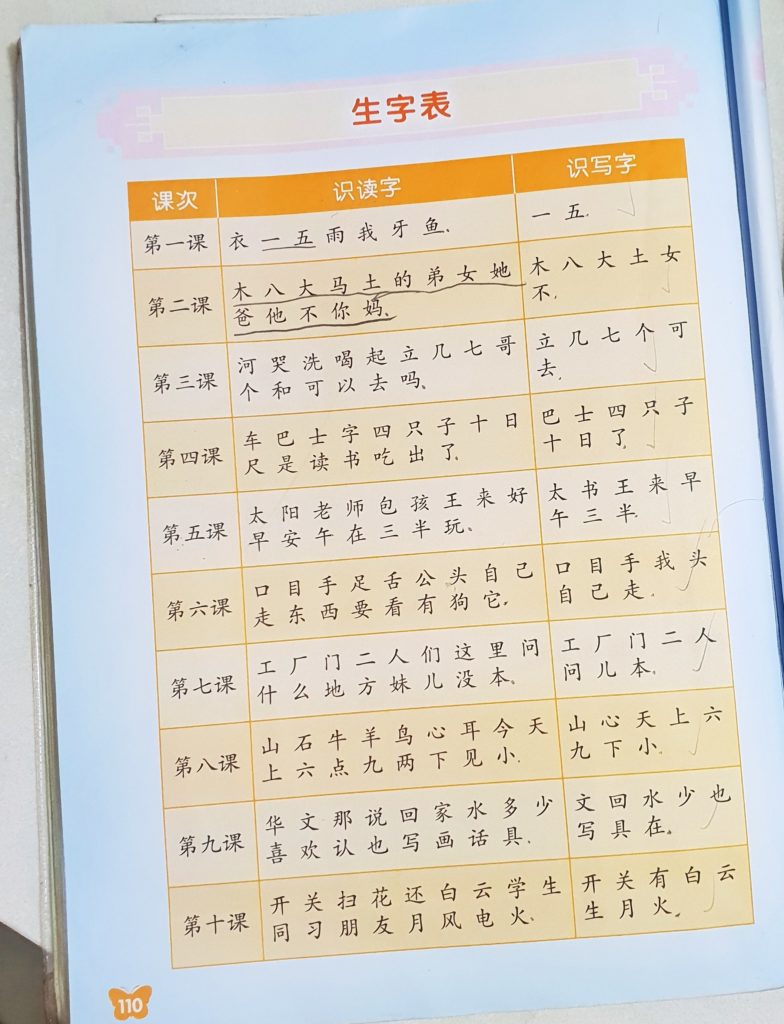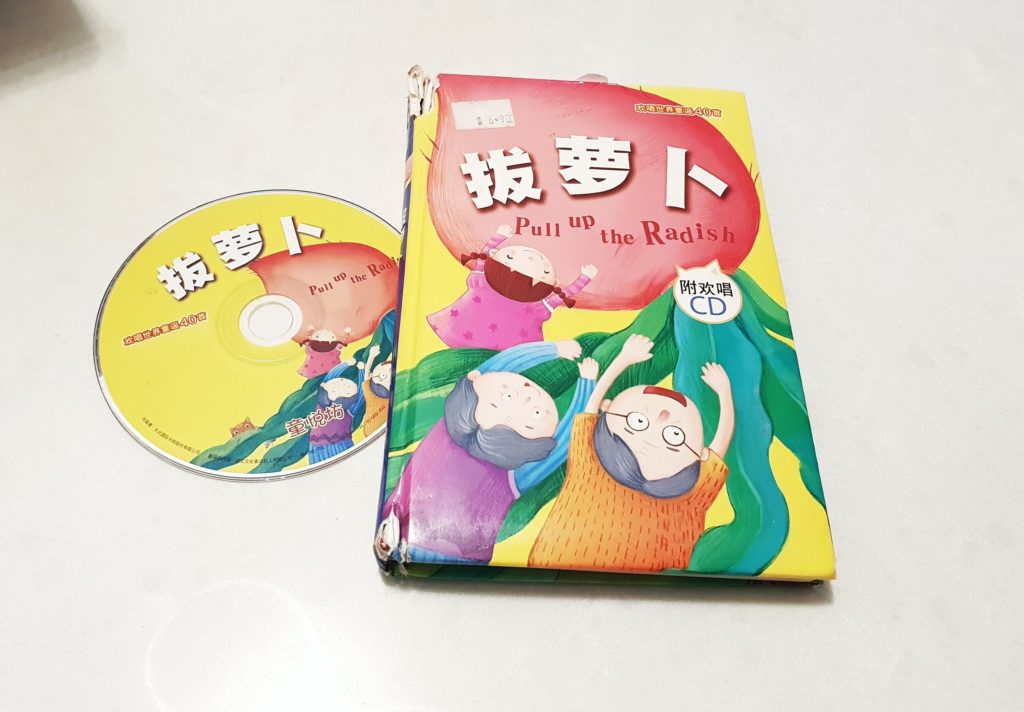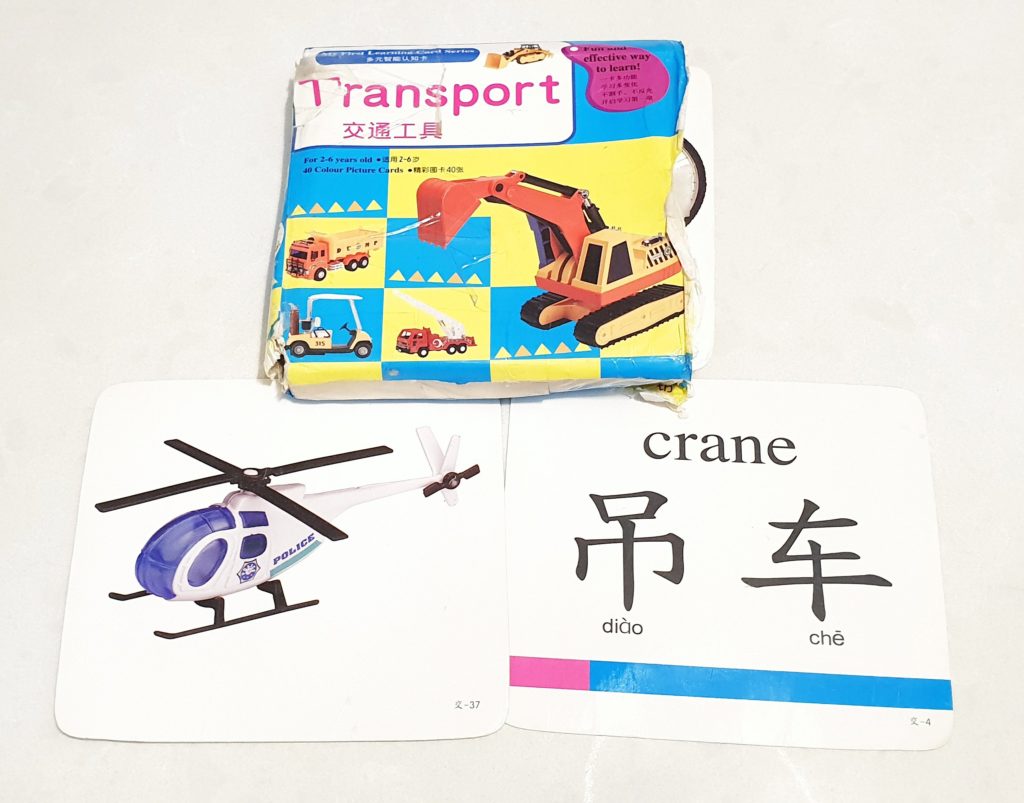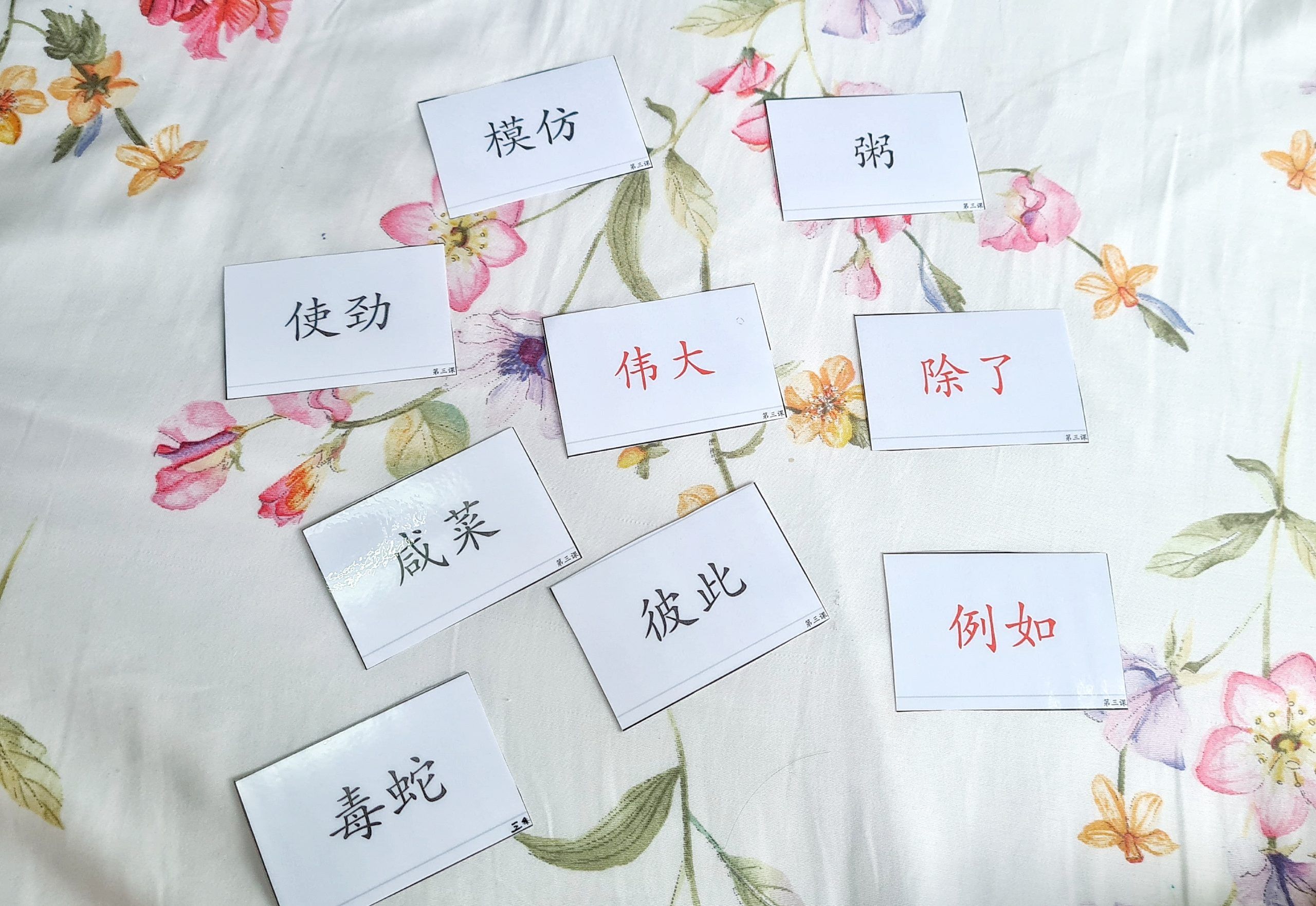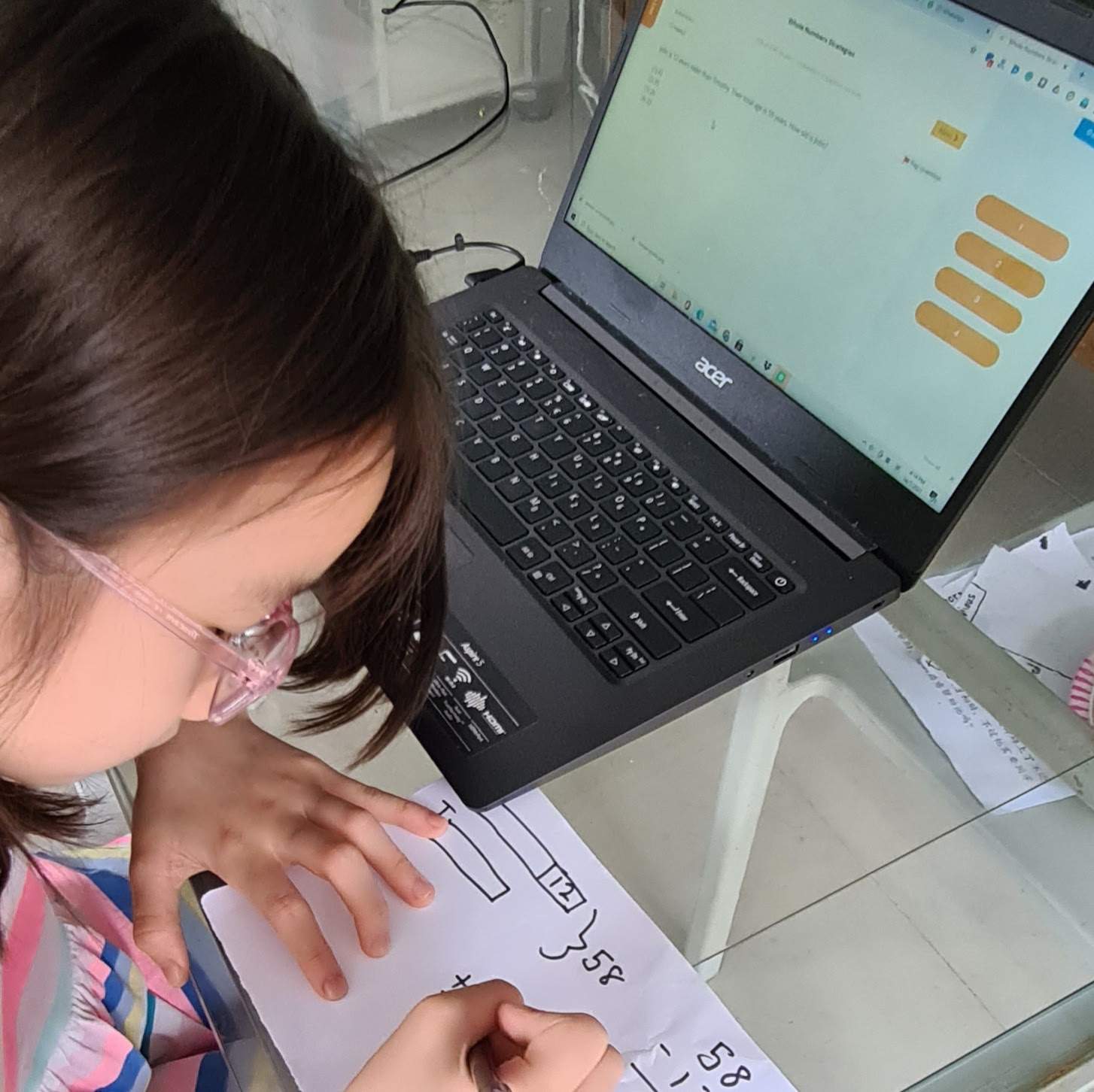Many parents are understandably feeling the jitters when they think of their children entering primary school. Will they breeze through Primary 1? Will they make friends or will they meet bullies? Can they handle buying food in the canteen? Will they understand the instructions given by their teachers? Are they able to express their needs, including toilet breaks?
Our preschool did a good job preparing my children for primary school. But I understand not all preschool establish a strong foundation for the kids.
Thus in this post, I want to share what my kids studied in Primary 1, and how I prepared them when they were in preschool. Being a full-time working mother then, I relied heavily on our preschool teachers to guide my kids through. Nonetheless, we still tried to complement their learning journey with fun activities at home to cultivate their interest in the subjects.
I will cover English, Mathematics as well as Mother Tongue (Mandarin) based on the contents which my children’s reputable neighbourhood primary school (not a branded school) has dished out.
English
Since English is the primary form of communication in school, the children must be able to understand simple instructions such as “copy this homework onto your handbook”, “form a line now to go to the canteen” from the first day of school.
I also can’t emphasize enough of the importance of English in learning Mathematics. Unlike our days in primary school, questions are no longer mechanical such as “3+4=7”, “3 tens and 4 ones = 34”. Such questions may only appear a couple of times in the students’ tests under the multiple-choice section.
Slightly more complex questions may look like this, copied from my daughter’s textbook – Targeting Mathematics. This is a worksheet for Term 1, under the topic Subtraction within 10.
“Mary has a string of 10 beads. [Picture accompanied.] She cuts away 4 beads. How many beads does she have left?”
A genius-level question for Addition and Subtraction within 10 may look like this, copied from EPH’s Challenging 4-in-1 Mathematics.
“Mrs Krishna bought 3 stalks of roses. She then bought 2 more stalks of sunflowers than roses.
(a) How many stalks of roses did she buy?
(b) How many stalks of flowers did she buy altogether?”
I believe these examples above already demonstrated the importance of English and the necessity of seeking a strong language foundation from preschool onwards.
Thematic Approach to Teaching English
Our school uses Stellar as part of the English Language Syllabus. Instead of traditional textbooks, Stellar makes use of children stories in Big Books to teach grammar and vocabulary based on themes. As the children’s maturity level increases, simple science is also introduced into the reading.
Examples of new words learned in Term 1 are sleeping, quiet, hobby, away, apron, catch, again, trumpet. These words form part of their spelling list. And by the way, they have spelling once a week in Term 1, consisting of 5 words. By Term 4, their weekly spelling consists of 8 words and a one-sentence dictation.
Click on this link for P1 Stellar games linked to the Big Books.
Comprehension
Our school introduces comprehension to the student in Term 1, using pictures and bubble callouts. By Term 3, the children are required to read a passage of a minimum of 60 words and answer multiple-choice questions as well as open-ended questions.
Writing
Composition practices start from Term 1 too. From simple sentences with helping words, the students will gradually move on to writing stories of not less than 60 words with helping words given. My daughter just completed her first writing test last week.
Preparing for Primary 1 English
Every child is different. Some pick up a language easily, while others may need more help. Some children learn by listening; others may need visual help.
Phonics is important
My son and daughter have different learning pace. Our preschool taught my children phonics, gave weekly spelling and encouraged them to write a journal. My daughter managed to gain a strong phonics foundation and breezes through her P1 English spelling. My son learns differently, and I am so grateful that our preschool started him on phonics early enough so that he did not have to struggle more than he already did.
Regular reading
We read with our children every night before sleep. It helped to get them used to the idea of reading books. For reluctant readers, it would be helpful to read stories that they prefer. In my son’s case, we moved on to the Marvel series to get him to read out loud by himself.
See my earlier post here on the preschool books we read.
These days, to get him to read chapter books, I introduced him to the Dinosaur Cove Series* because he loves all things dinosaurs. That got him reading chapter books independently.
On hindsight, we could have done it better by engaging them more when we read, asking them to guess what happened next, or how the principal characters of the stories could have reacted differently. This would have given them a better foundation in creative writing.
Recently I found this family game Tell Tale Fairy Tales* that includes 60 cards and 120 images for the children and their parents to spin away stories using the cards. Many kids love it, and the game helps build the children’s creativity and story-telling.
Speech and drama lessons helped us too.
We went to Julia Gabriel for several years. It was necessary for us because we wanted to cultivate confidence in our shy children. We knew they need to be comfortable speaking up. I am glad we did because they not only loved the lessons and teachers there; they built confidence in speaking and presentation.
Building up sight words
Preschool children need to start building up sight words. Sight words are high-frequency words such as there, this, so, is, etc. These words may have no phonics and no meaning at times because they may be pronouns, articles or determiners to make a sentence grammatically correct.
According to Dr Edward B. Fry’s research, 300 high-frequency words make up approximately 65% of all world’s English written material. Once a child recognises these words, reading becomes so much easier, and the child can focus on other more meaningful words.
Click here for Dolch Sight Word List.
On top of our kids’ regular curriculum in school, we played with sight words flashcards with them and tried making funny sentences. We would also compete for speed in recognising the words to build up their competency further. We bought our sight words flashcards from Nurture Craft in Forum Shopping Mall. You can also get it here*.
Another game which we played often was Spellominoes* to build their basic phonic awareness and blending capability.
Preparing for Primary 1 Mathematics
The first 3 months of Primary 1 Mathematics syllabus focuses on numbers up to 10, including number bonds, addition and subtractions and comparison. By the end of term 2, the students are required to know calculation up to 40 and number positions from first to tenth. During the second half of the year, the children will be introduced to multiplication for 2, 3 and 5, length, money, time, picture graphs, shapes and graphs. They will also add and subtract up to 100.
For our family, our initial challenge in learning Mathematics was understanding regrouping and the most significant problem till now (oldest is in P2) is understanding the questions, especially when there is a lot of information and comparison involved.
To reinforce their understanding in regrouping, I resorted to using base ten blocks as visual aids to help my children understand better. See my post here on learning with the base blocks.
Every child learns differently. I realised along the way that my son is a visual learner, and I learned to use various visual aids to support his learning. My daughter can grasp the abstract concepts better, but since I am now armed with some knowledge of teaching using visual aids, I would bring out the learning aids as and when I thought she needed it.
Preparing your children for Primary 1 Mathematics
It is a must for the kids to be able to count, add and subtract up to 20, and preferably to be able to spell up to twenty.
Although the P1 syllabus will introduce numbers up to 10 in the first term, they will be presented new concepts such as number bonds as well as comparison, which is “more than” and “less than” questions. Comparison questions have stumped many children.
Getting the Hang of Comparison
We can sneak learning into our daily lives. For instance, we go to a food court and order our lunch. Ko-ko orders chicken rice that costs $4. Mei-mei orders Fish and Chips that cost $5. Ask the children which one is more expensive. And if they are competent, ask them by how much?
We can do the same for measurements by asking who takes more time to run a distance, which cup holds more water, who’s the tallest at home.
Watch a game of competition and ask the kids who came in first, second, third, fourth and fifth. Who comes before who, and who is after who?
Addition and Subtraction
I like to use games to get my children to add and subtract. It keeps them engaged for a more extended period while having fun.
Games like Monopoly Junior, the Game of Life Junior, got my children acquainted with counting money, including addition and subtraction. But sometimes we didn’t have the time and energy to complete such a complex game. So I would bring out simple card games instead, something that took us just 5 to 10 minutes.
We started with simple number cards. Flash a card. Whoever holds the greatest or smallest flash wins the round and collect all the cards on the table. The person with the most cards wins.
When my son entered K2, we increased the level of difficulty by using addition and subtraction cards (click here to shop for one), and we played it the same way. I like it that this game set is portable and we played it during long car trips.
Things got boring after a while, and we bought an addition and subtraction board game* which they thoroughly enjoyed too. 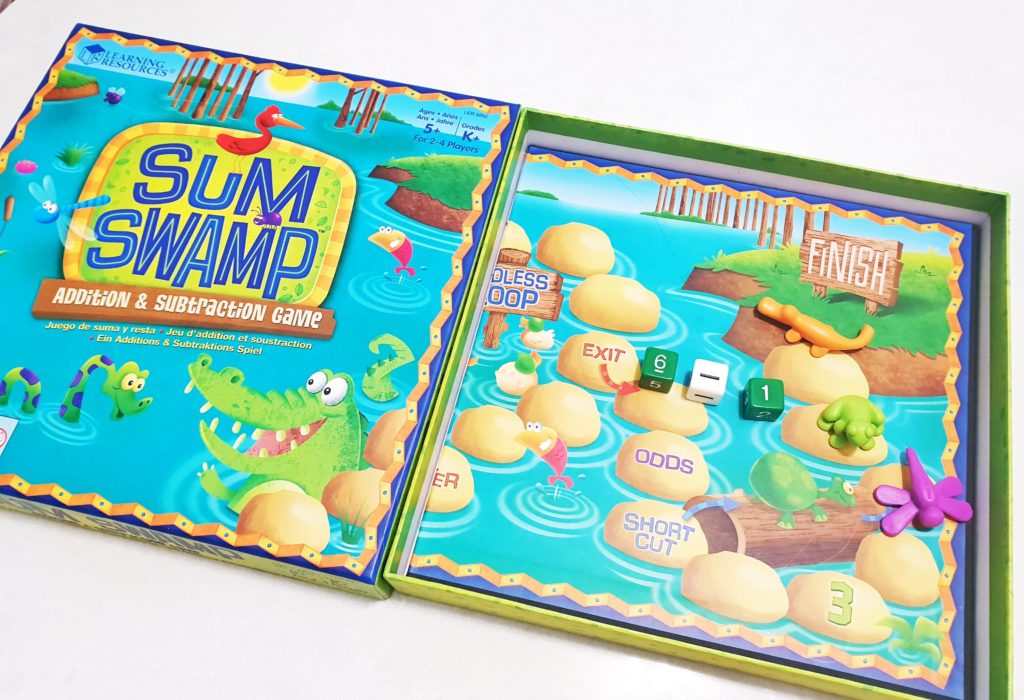
Mother Tongue (Mandarin)
After going through 2 years of Primary 1, I find that the most daunting aspect of P1 Chinese is mastering Hanyu Pinyin. The entire Hanyu Pinyin system is taught within the first six months of primary school. For some children, Hanyu Pinyu can be challenging.
What to expect from the syllabus
Other than learning the entire hanyu pinyin system within 2 terms, my children had show-and-tell in Mandarin. They stood in front of the class and presented their favourite item. We were fortunate that our Mandarin teachers were not pushy nor demanding, because my shy children, despite years of speech and drama training, whispered throughout the entire presentation. I think having a show-and-tell test is not a consistent requirement in primary one as I understand from my friends that their children from another school did not have such a requirement.
By term 3, the children began their comprehension practice, sentences restructure(重组句子)and sentence making(造句).
If you are keen to know what they learn in P1, click on this link for the accompanying digital learning for their textbook 快乐伙伴.
Otherwise, see the photo below for words learnt in the first 2 terms of P1.
Preparing your kids for P1 Chinese
Using the language
It was difficult for us as an English-speaking family to get the kids interested in Mandarin. We were grateful to our preschool Chinese teacher for being persistent in getting the children to speak the language. She told the kids that she did not understand English at all and needed to converse with them solely in Mandarin.
If you face the same situation as me, seek help from the Chinese-speaking elders at home if you are blessed with any. Get them to converse with the kids solely in Mandarin.
Songs and TV
Please make use of songs and TV to help them get acquainted with the language. We switched the language for their favourite cartoons in Mandarin for 15 minutes, and they didn’t like.
Fortunately, they love songs and music, so we played Chinese nursery rhyme songs and story reading during our car rides to increase their exposure. The process was delightful and efficient.
Flashcards Games
You may have realised by now that I rely on flashcards heavily for home learning.
We relied heavily on the sets of flashcards from 童悦坊 to get the children interested in recognising Chinese words and hanyu pinyin. I started to get them to recognise the words and hanyu pinyin when they turned 5 and 6 years old. Before that, we made use on the photos only for any play. While we have flashcards for daily items, fruits and vegetables, transportation and animals, their favourite set is the transportation set. Boys being boys, what would interest my boy more than vehicles? Whereas my daughter would follow whatever her Koko played.
Typically, we would place all the cards on the floor with the picture downwards. They took turns to read the Chinese characters or hanyu pinyin at the back of the card. Whoever read the words on the card correctly get to keep the card. The person with the most cards wins.
We continued with card games into their primary school learning. It injected some fun into learning, especially when staring at assessment books and writing was cumbersome, tedious and frustrating.
See my earlier post for details on how we learn Hanyu Pinyin at home – A Fun and Effective Way to Learn Hanyu Pinyin.
I hope I have shared something useful here. How do you prepare your child for P1 academically? Please share with us in the comment box below.
You may also be interested in:
KooBits ProblemSums – Effective Mathematics help for the kids
Have Fun Learning Fractions with Visual Aids
My List of Meaningful Toys for Christmas 2018
Digging dinosaur bones with my boy
Don’t want to miss my posts? Subscribe here to get updates from me.
* Contains affiliate links
